Circuit Break Podcast #279
Avoiding The HR Pit of Doom, Resume and Interview Tricks for Engineers
Related Topics
Wanting to be a Wizard - Matt Brown
Matt Brown, shares his career insights, including his experiences working at Tesla and on personal projects like the land speed car and the off-road Viper.
Exploring the Arctic Through Art and Technology with Cy Keener
Cy Keener's work includes a range of data-based efforts to visualize diverse phenomena including ice, wind, rain, and ocean waves.
Embarrassingly Parallel Computing - Steve Furber
Steve Furber, Prof Emeritus at Univ of Manchester, discusses BBC Micro and SpiNNaker project modeling brain functions with a million ARM processors.
Other Resources
Circuit Break Podcast
Webinars
Videos
Tour MacroFab's ITAR-Compliant Facility
June 2, 2021, Episode #279
- Engineering Resumes
- The main goal: To start a conversation
- The resume is intended to give a snapshot of you not to be your autobiography
- The person doing the interview probably has other tasks that they have to accomplish
- Your interview is important but it is likely not their main focus, keep this in mind
- Too much information is a bad thing – remember people hiring have to read lots of resumes
- The 1 page rule
- 0 to 10 years experience – 1 page
- 10 to 20 years experience – 1 to 2 page
- 20+ years – possibly more than 2
- The resume is intended to give a snapshot of you not to be your autobiography
- The HR pit of doom
- There is a high likelihood that your resume will not go to an engineer when you apply via any portal/service/online app
- Grammar/spelling/design/layout
- These will all be judged
- You may be the best engineer out there but if you can’t get that across to a non-engineer then you are in trouble
- Humble Bragging
- You are not Engineering Jesus
- Use tangible wording and describe cornerstones of your career
- Example – I did X task and productivity increased Y%
- Do not obfuscate your work with unclear words.
- Be clear about your involvement in your tasks
- Avoid the following
- “Responsibilities included”
- Collaborated
- Think outside the box
- Go-to person
- Value add
- Team player
- Use Verbs to describe your work
- Improved
- Managed
- Created
- Designed
- Avoid the following
- Do not Pad your resume
- Shorter and clearer are much better than essays
- Remember the HR pit and the person reading your resume
- Control the white space on your page – This can be more powerful than writing a ton of fluff
- Get to the point
- Be proud and confident in what you have done and highlight it concisely
- Use Technical Writing
- Graduate resumes
- Probably does not include much other than your schoolwork
- Absolutely put anything other than school
- Internships should be front and center
- Anything that shows your passion for your degree
- If you don’t have anything like this get on it
- Show stuff you have built or designed
- Describe how you used your degree to do something
- Only put classwork that is relevant to the job you are interviewing for
- Remember – everyone in your degree had to do the same thing, it doesn’t make you special
- If you do this then be prepared to talk about it
- Nothing is more telling than not having knowledge of what you put down on your resume
- Objective statement – I can take it or leave it
- Dont just put – looking for a job
- See if you can make it interesting to read
- Better to write a cover letter if you have something to say in an Objective Statement
- How to describe things you can’t describe in detail on your resume?
- The main goal: To start a conversation
- Engineering Interviews:
- Research Research Research
- The more you know the more you can be prepared
- Remember that if you get this job you could spend 1/3rd of your life there
- You are interviewing them as much as they are interviewing you
- Dress appropriately
- Under dressed is not helpful – Avoid if possible
- Overdressing is safe but you don’t want to look like a square
- Come prepared – No place is going to fault you for bringing things in
- Bring a briefcase or bag
- Notepad and something to write with
- Don’t take this out of your bag unless you are going to write something, leaving it blank at the end of an interview is almost as bad as not having anything to write on to begin with
- Bring multiple copies of your resumes
- You never know when the president will swing by the interview room and you can be ready
- Yes print them on good paper – no it doesn’t have to be ultra resume paper
- Travel with them in a folder or sleeve or something that allows you to access them easily and quickly but also prevents damage
- If you have a card – bring it
- If you have both cards and resumes have them paper clipped together
- Bring your work
- If possible bring your gizmo
- Bring portfolio of your work
- Could be an overall look
- Could be broken out into projects
- This shows that not only can you make the gizmo but you can document it well
- You never know where the interview questions will go and you may have encountered that exact problem on one of your projects.
- The more you know the more you can be prepared
- Personality Tests
- How to prep for these kind of questions?
- “If you were an animal, what would you be?”
- “What is your greatest weakness?”
- Research Research Research
About the Hosts

Parker Dillmann
Parker is an Electrical Engineer with backgrounds in Embedded System Design and Digital Signal Processing. He got his start in 2005 by hacking Nintendo consoles into portable gaming units. The following year he designed and produced an Atari 2600 video mod to allow the Atari to display a crisp, RF fuzz free picture on newer TVs. Over a thousand Atari video mods where produced by Parker from 2006 to 2011 and the mod is still made by other enthusiasts in the Atari community.
In 2006, Parker enrolled at The University of Texas at Austin as a Petroleum Engineer. After realizing electronics was his passion he switched majors in 2007 to Electrical and Computer Engineering. Following his previous background in making the Atari 2600 video mod, Parker decided to take more board layout classes and circuit design classes. Other areas of study include robotics, microcontroller theory and design, FPGA development with VHDL and Verilog, and image and signal processing with DSPs. In 2010, Parker won a Ti sponsored Launchpad programming and design contest that was held by the IEEE CS chapter at the University. Parker graduated with a BS in Electrical and Computer Engineering in the Spring of 2012.
In the Summer of 2012, Parker was hired on as an Electrical Engineer at Dynamic Perception to design and prototype new electronic products. Here, Parker learned about full product development cycles and honed his board layout skills. Seeing the difficulties in managing operations and FCC/CE compliance testing, Parker thought there had to be a better way for small electronic companies to get their product out in customer's hands.
Parker also runs the blog, longhornengineer.com, where he posts his personal projects, technical guides, and appnotes about board layout design and components.
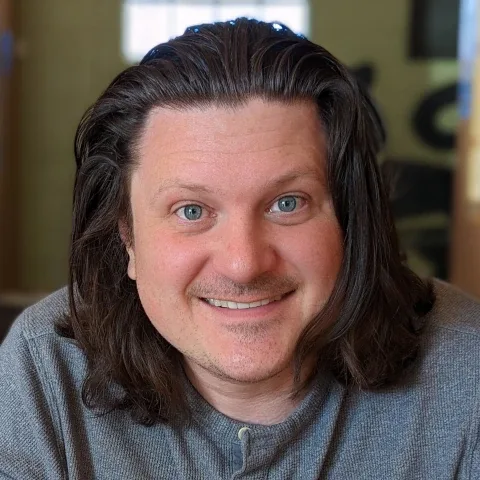
Stephen Kraig
Stephen Kraig is a component engineer working in the aerospace industry. He has applied his electrical engineering knowledge in a variety of contexts previously, including oil and gas, contract manufacturing, audio electronic repair, and synthesizer design. A graduate of Texas A&M, Stephen has lived his adult life in the Houston, TX, and Denver, CO, areas.
Stephen has never said no to a project. From building guitar amps (starting when he was 17) to designing and building his own CNC table to fine-tuning the mineral composition of the water he uses to brew beer, he thrives on testing, experimentation, and problem-solving. Tune into the podcast to learn more about the wacky stuff Stephen gets up to.
Special thanks to whixr over at Tymkrs for the intro and outro!
Related Podcasts

Wanting to be a Wizard - Matt Brown
Matt Brown, shares his career insights, including his experiences working at Tesla and on personal projects like the land speed car and the off-road Viper.
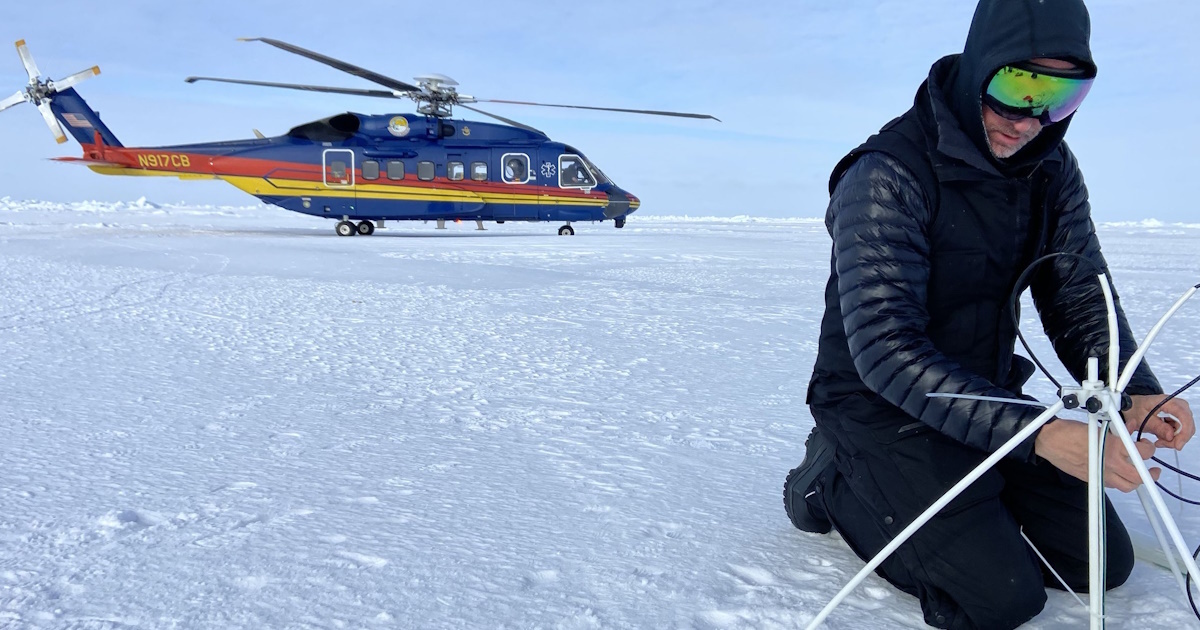
Exploring the Arctic Through Art and Technology with Cy Keener
Cy Keener's work includes a range of data-based efforts to visualize diverse phenomena including ice, wind, rain, and ocean waves.
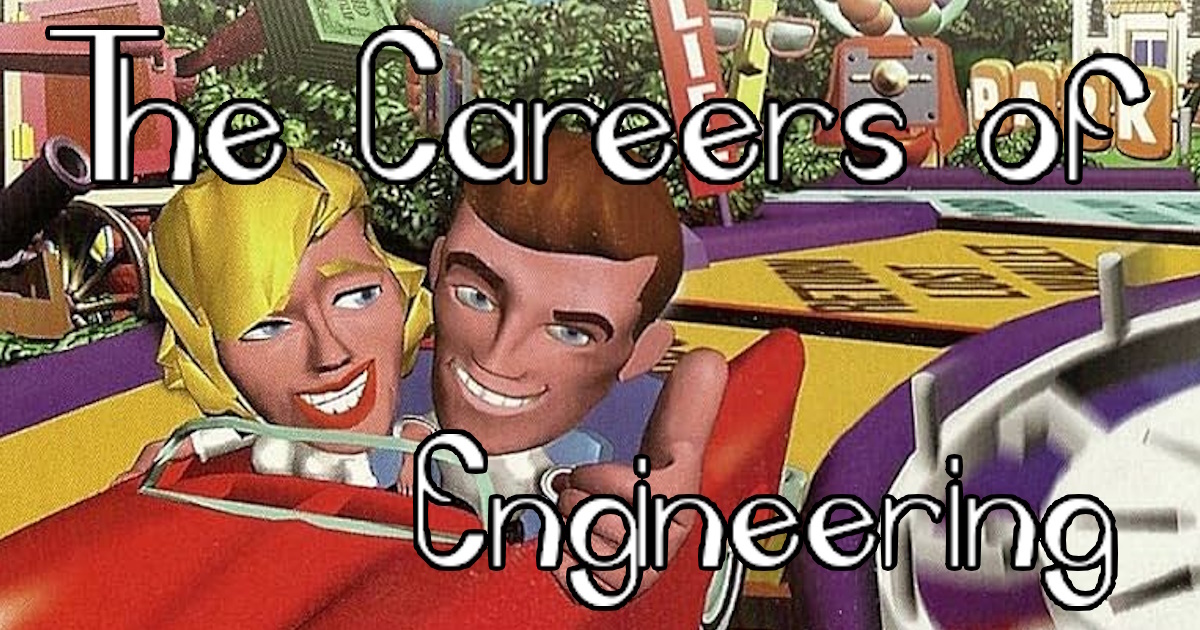
Prioritize to Learn to Prioritize - Engineering Career Paths
Special guests Chris Gammell and James Lewis, discuss various aspects of engineering career paths.

Batman, The King of EDC (Every Day Carry)
Delve into the fascinating world of Batman's utility belt. Tracing the evolution from its humble origins to its current complex design.
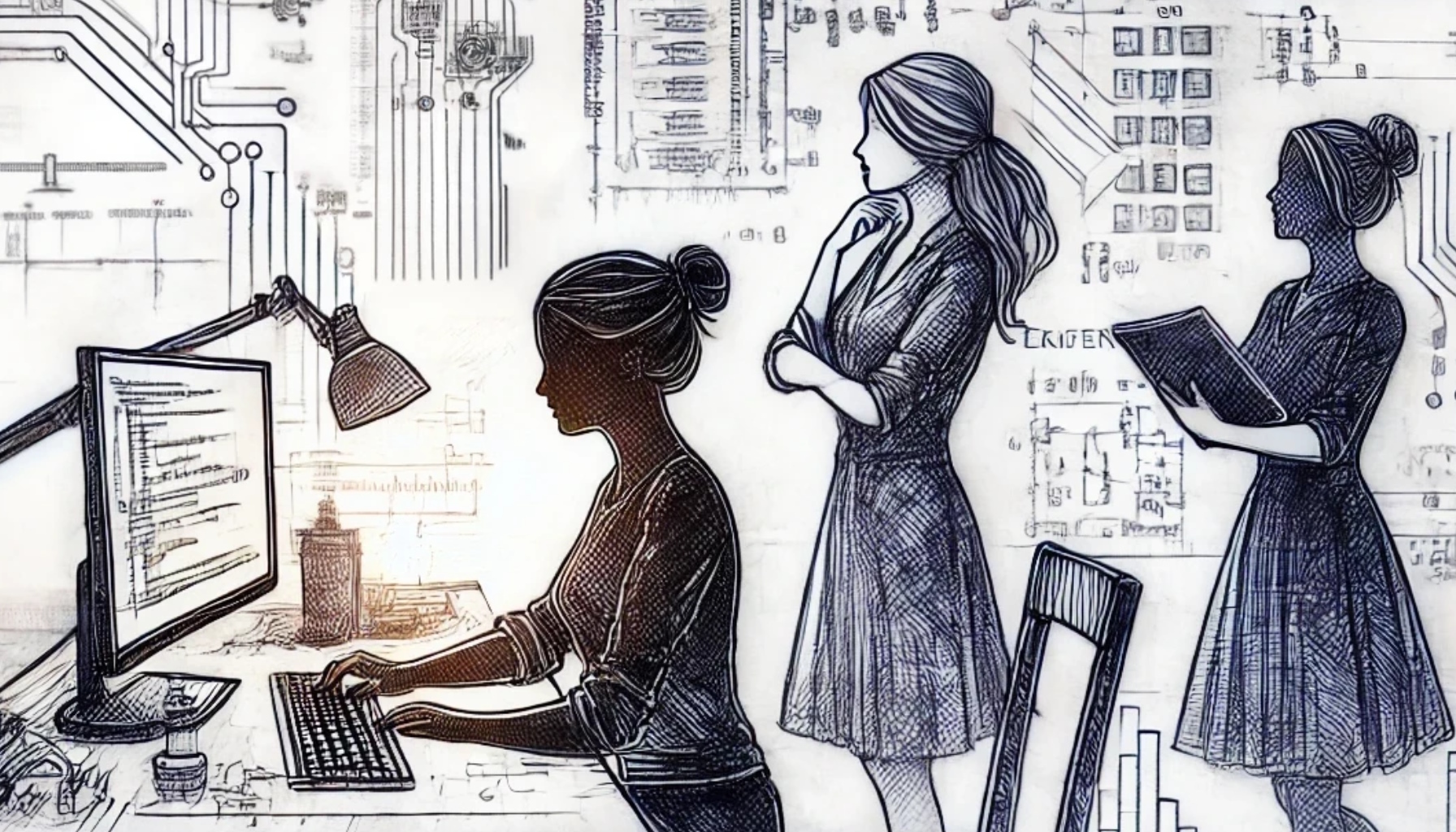
International Women in Engineering Day
Celebrating International Women in Engineering Day with MacroFab's Kaylan Smith and Laura Manley discussing their journeys into engineering.
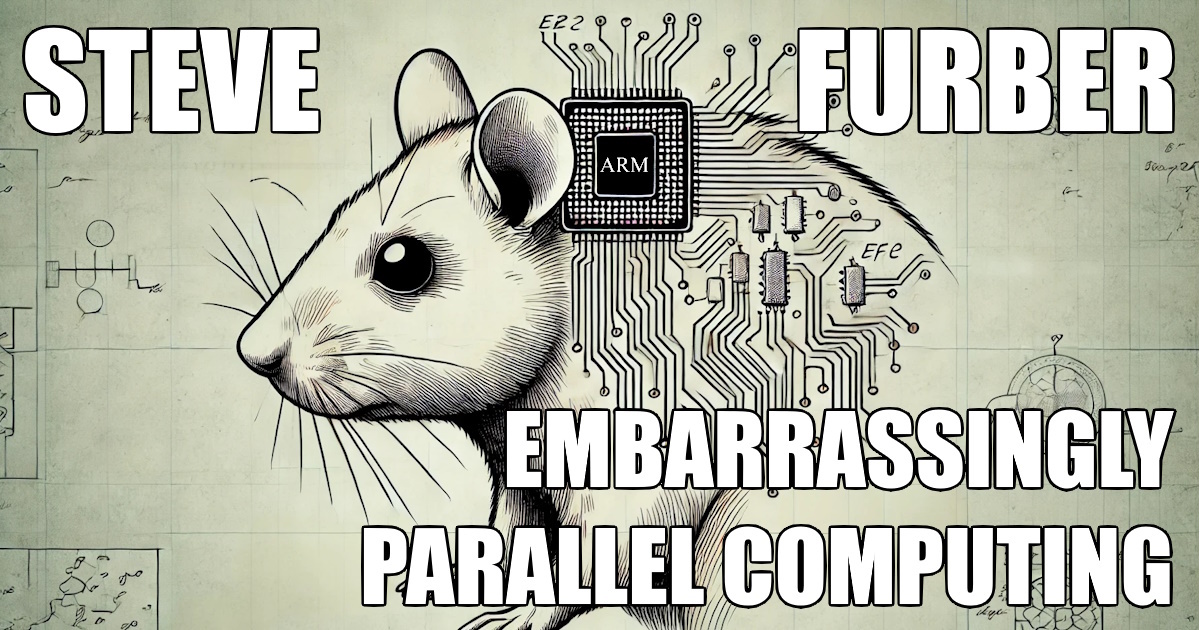
Embarrassingly Parallel Computing - Steve Furber
Steve Furber, Prof Emeritus at Univ of Manchester, discusses BBC Micro and SpiNNaker project modeling brain functions with a million ARM processors.
About MacroFab
MacroFab offers comprehensive manufacturing solutions, from your smallest prototyping orders to your largest production needs. Our factory network locations are strategically located across North America, ensuring that we have the flexibility to provide capacity when and where you need it most.
Experience the future of EMS manufacturing with our state-of-the-art technology platform and cutting-edge digital supply chain solutions. At MacroFab, we ensure that your electronics are produced faster, more efficiently, and with fewer logistic problems than ever before.
Take advantage of AI-enabled sourcing opportunities and employ expert teams who are connected through a user-friendly technology platform. Discover how streamlined electronics manufacturing can benefit your business by contacting us today.